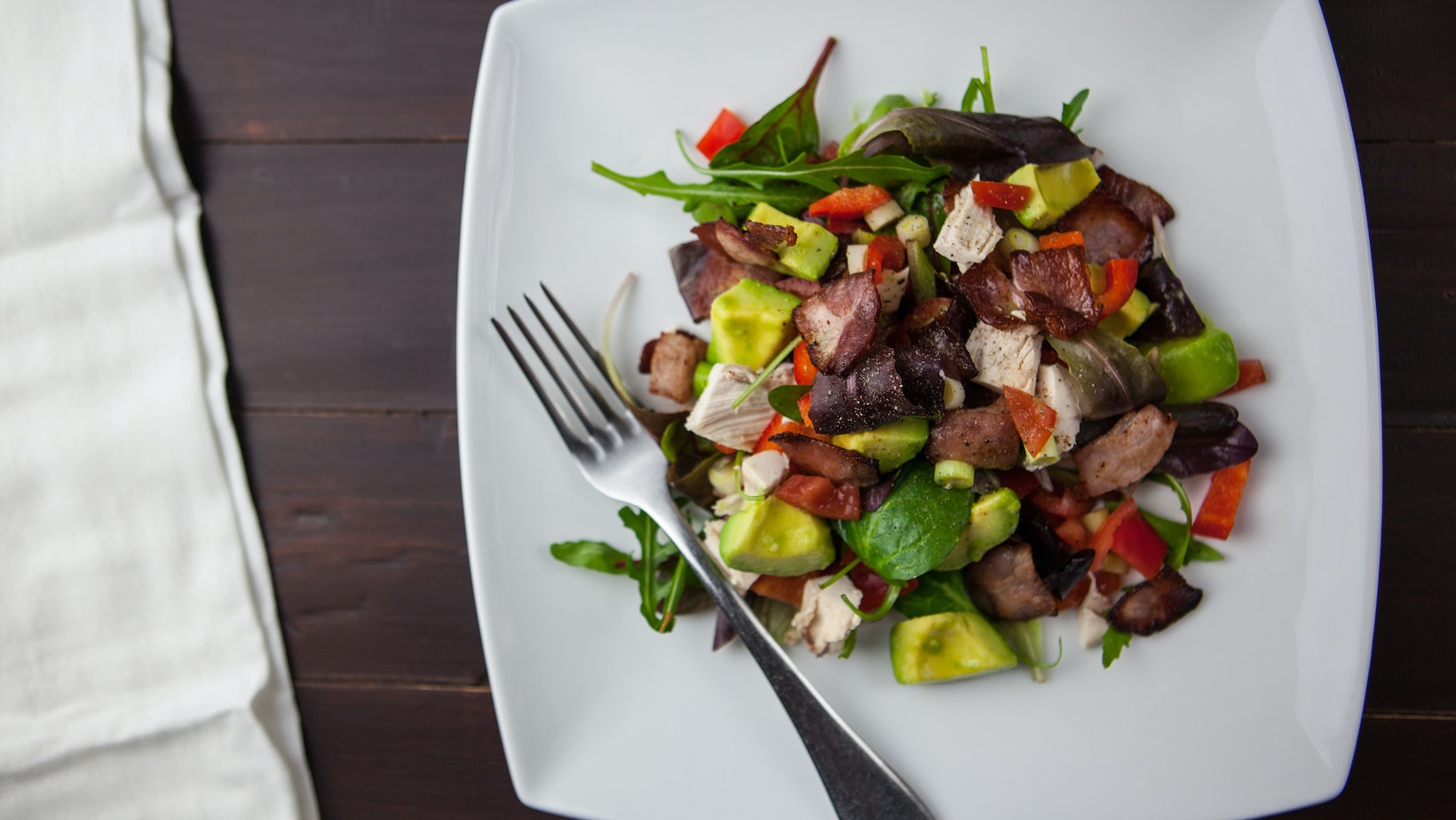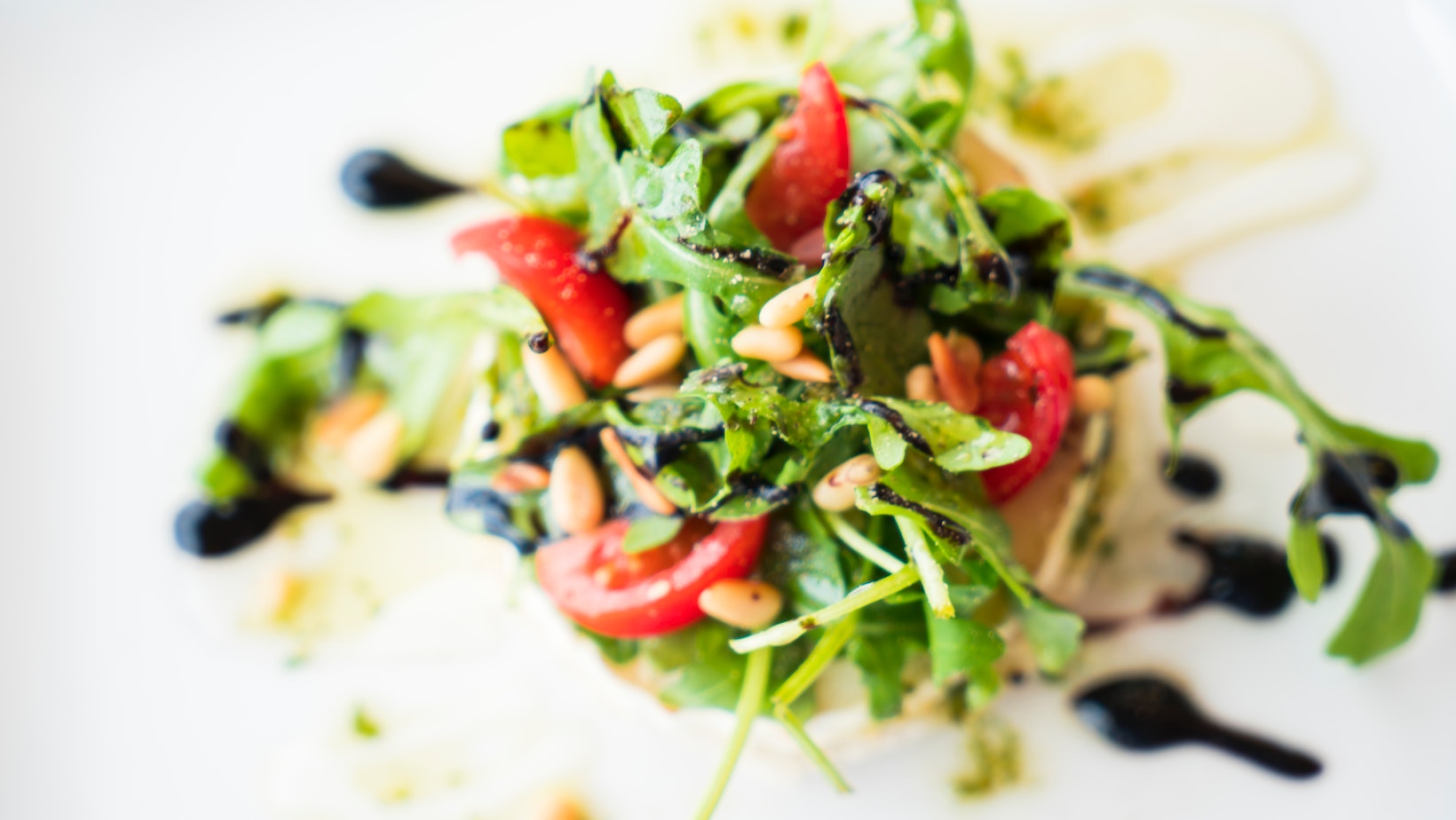
Are you wondering about the optimal portion sizes for a keto diet? Well, let me shed some light on this topic. When following a ketogenic diet, it’s important to pay attention to portion sizes to ensure you’re achieving and maintaining ketosis effectively.
Portion Sizes For Keto Diet
When following a keto diet, understanding portion sizes is crucial for maintaining the proper balance of macronutrients and achieving desired results. Here are some tips on how to measure portion sizes effectively:
- Invest in measuring tools: Utilize measuring cups, spoons, and a kitchen scale to accurately measure your food portions. This will help you track your carbohydrate intake and ensure you stay within the recommended limits.
- Read nutrition labels: Pay close attention to serving sizes mentioned on nutrition labels. These labels provide valuable information about the nutrient content of packaged foods, making it easier for you to manage portion control.
- Use visual cues: Familiarize yourself with common visual cues that can help estimate portions when you don’t have measuring tools handy. For example, one serving of protein (such as chicken or fish) is roughly the size of your palm.
Recommended Portion Sizes for Different Foods on Keto
Here’s a breakdown of recommended portion sizes for different food groups commonly consumed on a keto diet:
- Proteins: Aim for 4-6 ounces (113-170 grams) per meal. Good sources include lean meats like chicken breast, turkey, beef, pork tenderloin, fish like salmon or tuna, and tofu/tempeh for vegans or vegetarians.
- Fats: Consume healthy fats in moderation while keeping an eye on calorie density due to their high energy content. One tablespoon (15 grams) of oils (such as olive oil or coconut oil), half an avocado, or a handful of nuts/seeds make appropriate servings.
- Non-starchy Vegetables: Fill up your plate with non-starchy vegetables like leafy greens (spinach, kale), broccoli, cauliflower, zucchini, bell peppers etc., aiming for 1-2 cups per meal.
Tips for Estimating Portion Sizes When Eating Out
When dining out on a keto diet, it can be challenging to accurately measure portion sizes. However, with these handy tips, you can still make mindful choices:
- Share meals: Splitting an entree with a dining partner can help control portion sizes and prevent overeating.
- Opt for protein-rich dishes: Choose dishes centered around lean proteins like grilled chicken or fish. Ask for dressings and sauces on the side to have more control over your fat intake.
- Request substitutions: Don’t hesitate to ask for substitutions that align with your dietary needs. Swap starchy sides (like potatoes or rice) with non-starchy veggies or salad greens.
By understanding how to measure portion sizes effectively, following recommended guidelines for different food groups, and making informed choices when eating out, you’ll be well on your way towards achieving success with portion control on a keto diet.
The Importance of Portion Control
When it comes to following a keto diet, portion control plays a crucial role in achieving and maintaining success. It’s not just about what you eat, but also how much you eat. Let me explain why portion control is so essential for the keto diet.
- Maintaining Ketosis: Keeping your body in a state of ketosis, where it burns fat for fuel instead of carbohydrates, is the key objective of the keto diet. Consuming excessive portions can lead to overeating and potentially pushing your body out of ketosis. By practicing portion control, you ensure that you’re consuming an appropriate amount of fats, proteins, and low-carb vegetables.
- Calorie Balance: While the focus of the keto diet is on carb restriction rather than calorie counting, it’s still important to maintain a calorie balance to achieve weight loss or maintenance goals. Overeating even on high-fat foods can hinder progress and prevent desired results. By managing portion sizes, you have better control over caloric intake and can adjust as needed.
- Avoiding Hidden Carbohydrates: One common pitfall with the keto diet is underestimating hidden carbohydrates in certain foods or meals. Portions that are too large may unknowingly contain more carbs than intended, potentially throwing off your macros and knocking you out of ketosis. With proper portion control, you minimize this risk by carefully measuring and monitoring your food intake.
In conclusion, portion control is a vital component of the keto diet. By being mindful of the amounts we consume and maintaining an appropriate balance of fats, proteins, and carbohydrates, we can optimize our chances of achieving ketosis and reaching our health goals effectively. So remember, when it comes to portion sizes for the keto diet, moderation is key.

